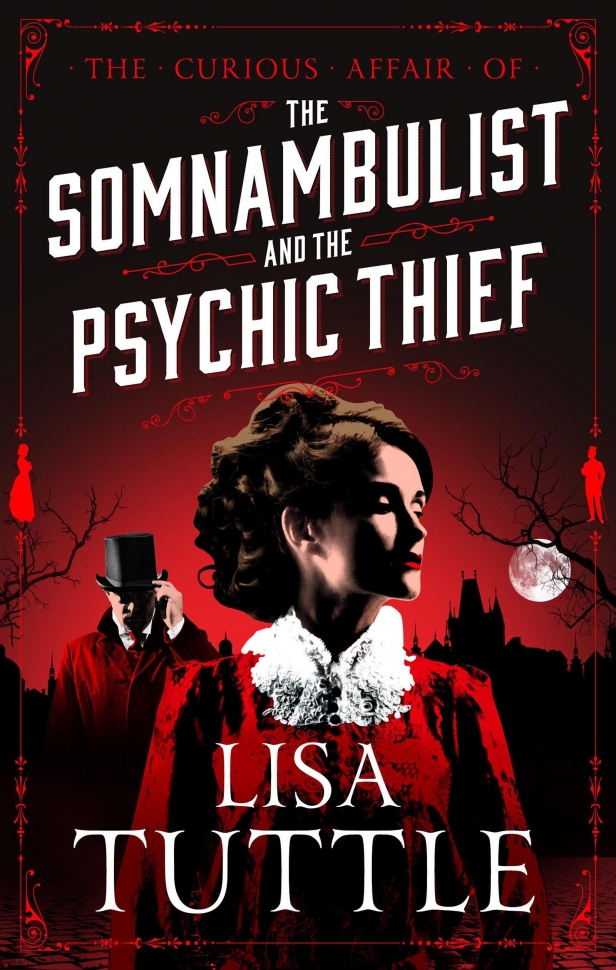Somnambulating through the archives
By Lisa Tuttle
Somnambulism is a fancy word for sleep-walking, but in the nineteenth century that same word was also used for a trance state also known as “magnetic sleep” or “mesmeric sleep” – mesmerism being the precursor of what we now call hypnotism. People who are known to walk or perform other activities while asleep retain no memory of it when they wake.
I knew someone who was puzzled by her inability to lose weight despite dieting – at the same time, she suspected her house-mates of stealing her food, so she set up a motion-activated camera, and was horrified to witness herself wandering into the kitchen in the middle of the night, getting a spoon, and eating most of a jar of peanut butter before putting it away, washing the spoon, and going back to sleep contentedly until morning.
In the heyday of mesmerism, great claims were made for it. Many believed mesmeric sleep allowed the somnambulist access to other realms of knowledge and power: they could communicate with the dead, channel other personalities, predict the future, heal the sick, and might even cheat death. (See “The Facts in the Case of M. Valdemar” by Edgar Allan Poe for his horrific take on this.) But for the ordinary sleep-walker, somnambulism was no blessing, but a problem to be solved. Doctors usually prescribed a change of diet.
I like reading old newspapers, especially from the period I’m writing about, and have found several stories connected with somnambulism in the 1890s. Here’s one from 1893 in Oregon:
Sixteen-year-old Cora Mays was found on the railroad tracks on a cold December night, scantily clad and tied hand and foot, face bruised. She could not remember what had happened. It was assumed she had been abducted from her home and “brutally outraged” and a couple of “ugly-looking tramps” found in the area were arrested on suspicion. But when a physician examined her, he said no violence had been done. The bruises had been caused by a fall – the fall that had awakened her. Her family said she had a history of sleep-walking. The Elk City correspondent to the Corvallis Times provided a detailed recreation of what must have happened, and this was picked up and reprinted in newspapers all across America as establishing “one of the most remarkable instances of somnambulism or sleep-walking ever revealed.”
According to the report, Cora had got out of bed, wrapped an old oilcloth coat about herself and picked up a piece of rope before walking down to the river (about 100 yards) where she took her stepfather’s boat, rowed about 400 yards, and landed on the opposite bank. Leaving the boat to drift, she climbed the steep bank up to the railroad track, where she wound the rope about her legs and up over her shoulder to tie her hands behind her back, then hobbled along for three-quarters of a mile before tripping on a cattle-guard and falling. The fall woke her, and she cried out in distress until she was found by a family living nearby. (The tramps, who had been in fear of lynching, were released.)
A doctor opined that Cora’s fondness for reading exciting novels was at the root of it all. A very curious affair, indeed!
The Somnambulist And The Psychic Thief is available now from Jo Fletcher Books and you can buy it at Amazon.co.uk. Lisa Tuttle will be at Nine Worlds this weekend, find more information here.

